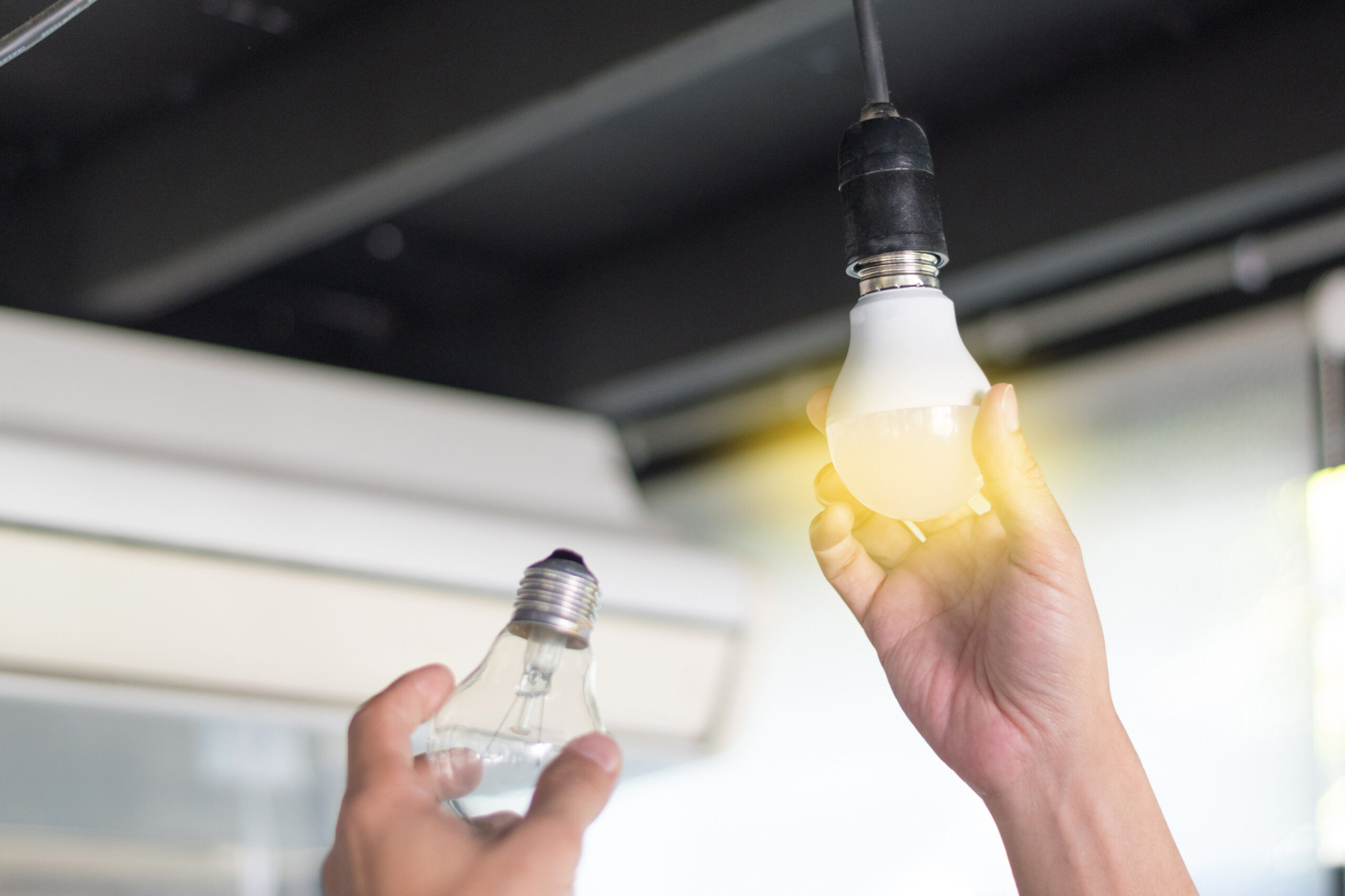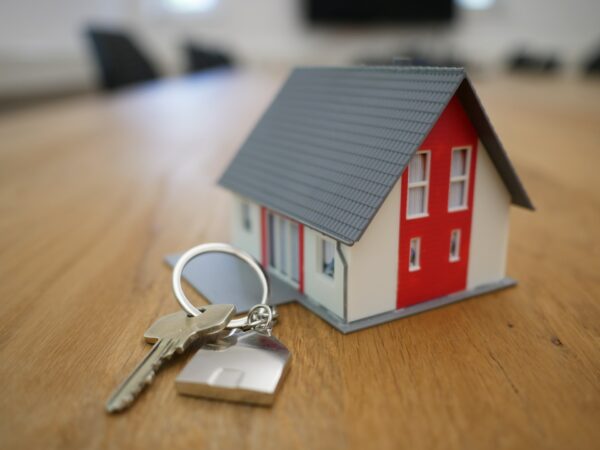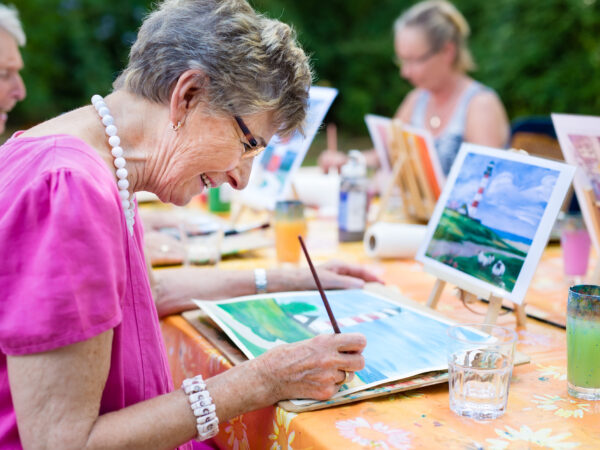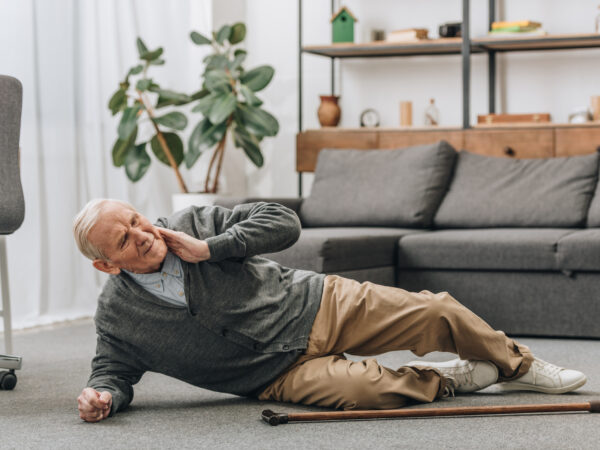The living environments of older adults can have a significant impact on their health and well-being – clutter, dim lighting and uneven flooring can contribute to falls and injuries. But with some simple adjustments, homes and long-term care (LTC) facilities can be made safer and more comfortable for seniors. A recent study found that installing an LED lighting system cut the risk of falls among nursing home residents by 43 percent.
According to a recent NBC News report, a two-year study conducted with Brigham and Women’s Hospital, published in the Journal of the American Medical Directors Association found using a tunable LED lighting system significantly reduced the rate of falls when compared with facilities that used standard lighting.
The lighting system used for the study was developed by Midwest Light Institute using a specific spectrum and intensity that was scheduled to help regulate sleep-wake cycles and boost daytime alertness. The research suggests that upgrading ambient lighting in long-term care facilities could be a cost-effective strategy to help reduce falls and improve overall health and well-being.
Exposure to natural sunlight is known to help regulate the body’s circadian rhythm but many seniors in nursing homes don’t have regular access to the outdoors. Exposing LTC residents to blue-enriched, higher-intensity light during the day has been linked with improved alertness, cognition and better nighttime sleep. Blue-depleted, lower-intensity light exposure at night can help promote more restful sleep. The result is a better quality of life for residents, fewer falls, and improved conditions for care workers.
Improving lighting at home can also help older adults stay safer, especially at night. By swapping out standard light bulbs with newer LED lights, dim hallways, bathrooms and stairs can be made safer for seniors. Smart lightbulbs have recently dropped in price and offer customizable lighting scheduling that can be controlled using an app, or with Google or Alexa voice-controlled assistants.






Add Your Voice
0 Comments
Join the Discussion